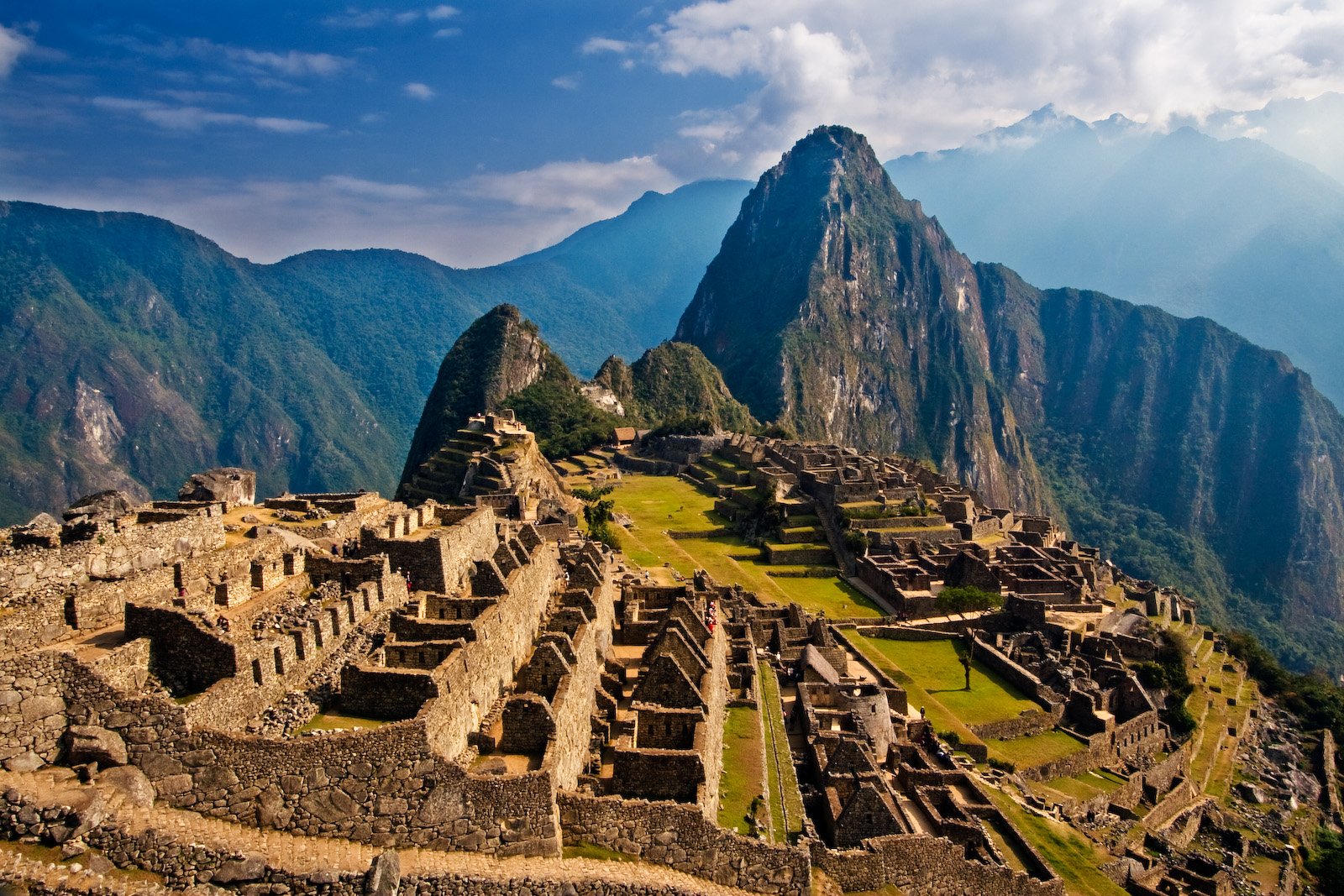🇵🇪map Peru [Overview]

Perú sits on the western side of South America, stretching from a long Pacific coastline into highland valleys and Andean peaks. It has a population that ranks among the world’s top fifty, making it one of the larger countries in the region by people as well as land. The country’s name traces back to early accounts from the era of the Spanish conquistadors, who heard Indigenous communities describe a prosperous land called Piru or Peru in Quechua, a term associated with abundance. From bustling coastal cities to centuries-old towns in the highlands, you’ll feel how history and living tradition overlap in daily life, food, and festivals.
Independence was proclaimed on 28 July 1821, after a complex struggle that drew in liberators from across the continent. The legacy of the Inca world is still visible in architecture, textiles, and community life, while the Spanish colonial period left its mark in language, religion, and city planning. Today’s Peru is a mix of Indigenous, European, African, and other influences, and that blend shows up in everything from the way neighborhoods celebrate holidays to the flavors on a simple lunch menu. Travelers and new residents often find that this cultural richness makes it easy to connect—with a neighbor over a family recipe, or with a vendor explaining the story behind a woven pattern.
Economy
Work in Peru spans a wide range of activities, with many people tied to the coast-highland divide that shapes daily life. On the coast, seafood is central, and markets brim with ingredients that fuel beloved dishes like ceviche. In the highlands, you’ll see more reliance on corn, potatoes, and different meats, reflecting traditions that go back to pre-Hispanic times. The informal economy plays a visible role too, especially in larger cities, where family businesses and street vendors are part of the everyday landscape.
Peru’s resources show up on the plate and in the crafts you’ll see in markets: agricultural products from varied climates, Andean textiles, and coastal fisheries. The country is engaged with international organizations and has an active civil society; local and international NGOs operate across themes like human rights, women’s issues, and community food programs. These connections often bring global attention and support to social initiatives, though they have also faced periods of tension and risk. For travelers and expats, this means you’ll find networks ranging from volunteer projects to entrepreneurial communities that plug Peru into broader regional and global conversations.
Culture
Spanish is the dominant language in public life, while Indigenous languages—especially Quechua—carry deep cultural weight and remain widely recognized. Peru’s people reflect a layered history that includes Indigenous communities who see themselves as heirs to the Inca world, descendants of Europeans from the colonial period, and Afro-Peruvians whose music and cuisine are essential to national identity. That mix shapes what people care about: family gatherings, neighborhood fiestas, football matches, and culinary pride are all shared passions. Architecture tells a story too, from Inca stonework so precise no blade slides between the blocks to colonial churches built atop earlier temples.
Most Peruvians identify as Catholic, a legacy of the colonial era, though Indigenous beliefs and practices often sit alongside church traditions in everyday life. The calendar fills with celebrations that blend these roots—Inti Raymi in the Andean regions, for example, and nationwide festivities for Independence Day each 28 July. Food anchors many of these moments, with big roasts, soups, and regional specialties making the day as much about community as ceremony. For newcomers, showing up hungry and curious is one of the best ways to be welcomed into the rhythm of life.
Maria
Maria is a bilingual travel writer and immigration consultant originally from Mexico City, with extensive
experience living and working across Latin America. She spent her early career as a journalist covering
cross-border migration and expatriate communities throughout Central and South America. Having personally
navigated complex visa processes in multiple countries including the United States and Spain,
Maria understands firsthand the challenges faced by Latin American professionals seeking international
opportunities.
Published: 2025-01-19